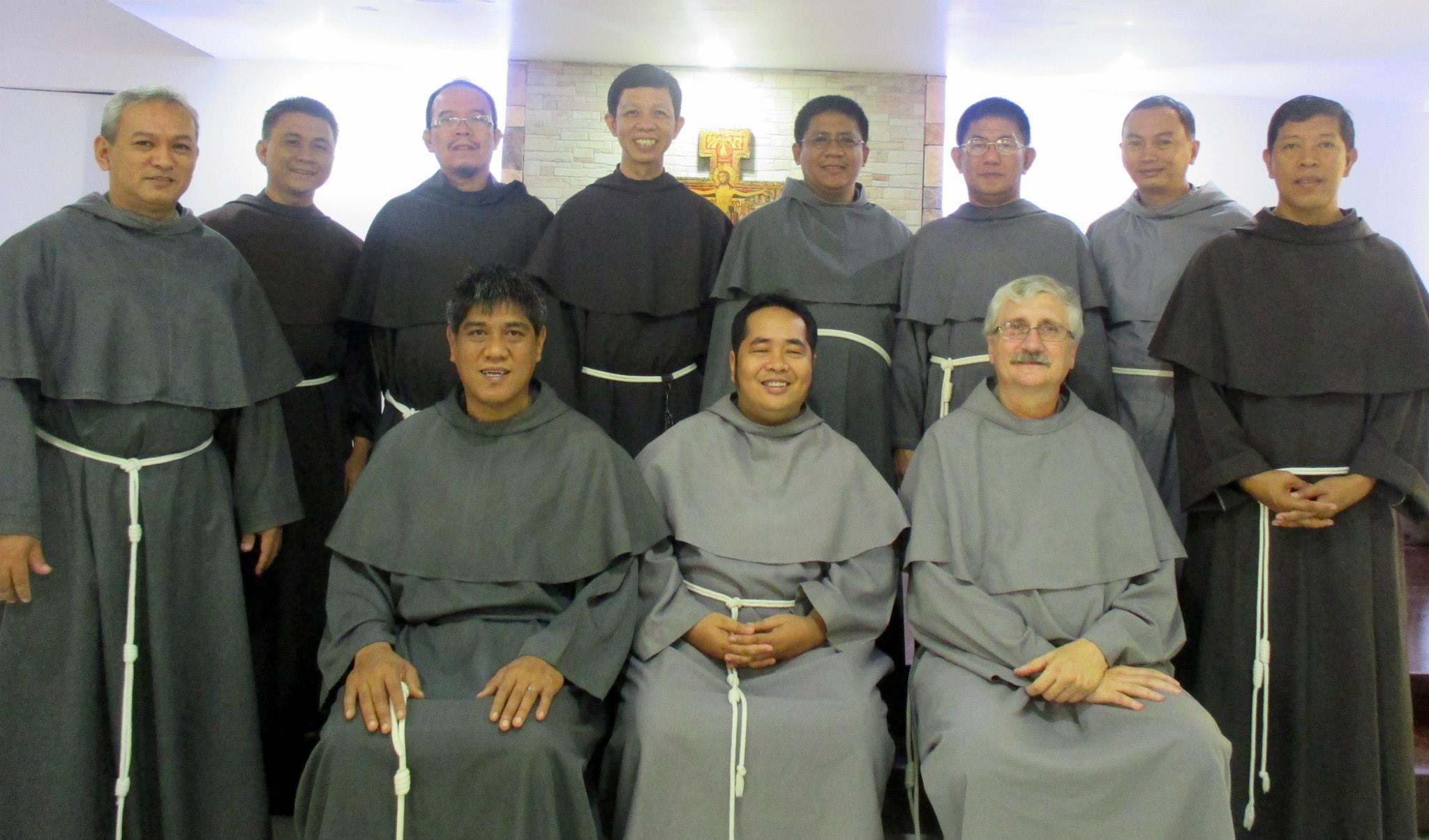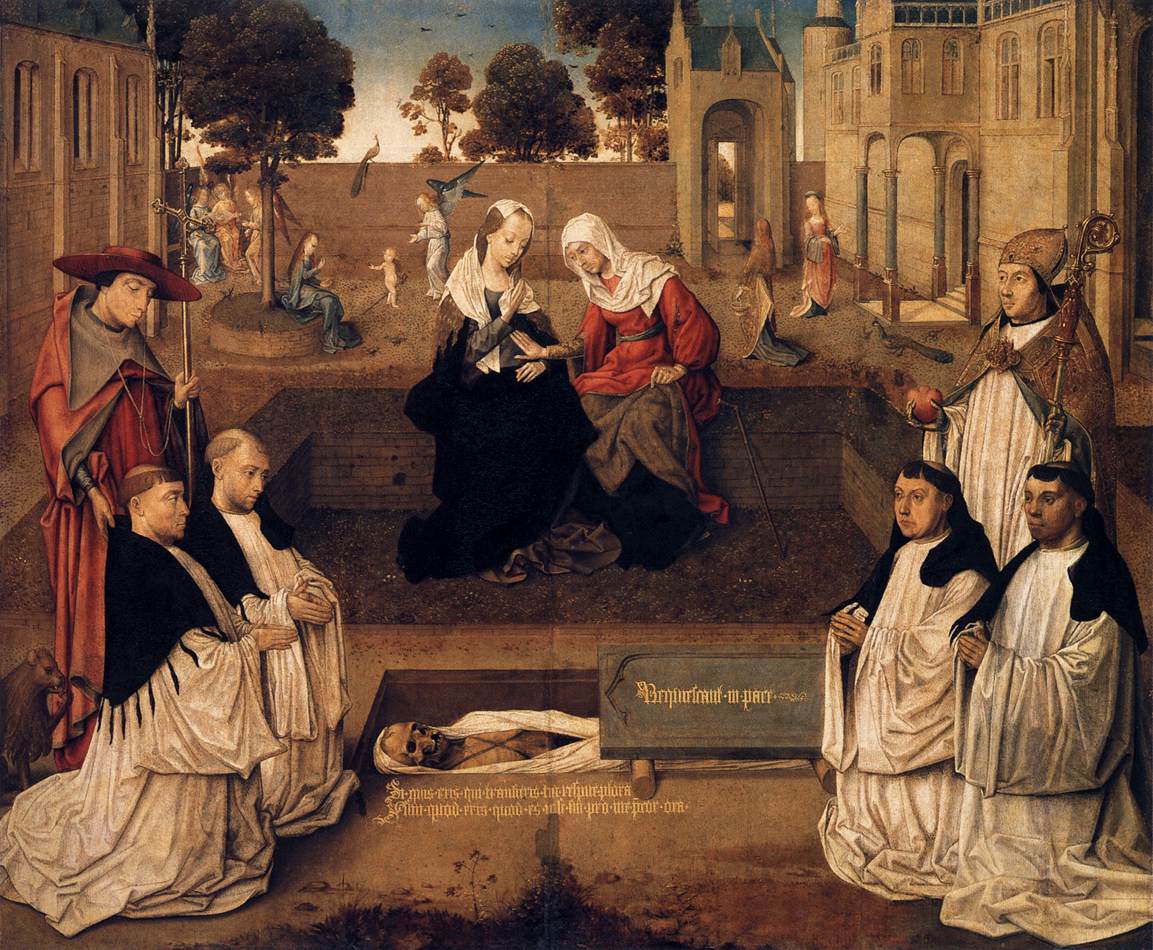|
St Andrews Cathedral
The Cathedral of St Andrew (often referred to as St Andrews Cathedral) is a ruined cathedral in St Andrews, Fife, Scotland. It was built in 1158 and became the centre of the Medieval Catholic Church in Scotland as the seat of the Archdiocese of St Andrews and the Bishops and Archbishops of St Andrews. It fell into disuse and ruin after Catholic mass was outlawed during the 16th-century Scottish Reformation. It is currently a monument in the custody of Historic Environment Scotland. The ruins indicate that the building was approximately long, and is the largest church to have been built in Scotland. History Founding and development The cathedral was founded to supply more accommodation than the older church of St. Regulus (St. Rule) afforded. This older church, located on what became the cathedral grounds, had been built in the Romanesque style. Today, there remains the square tower, 33 metres (108 feet) high, and the quire, of very diminutive proportions. On a plan of t ... [...More Info...] [...Related Items...] OR: [Wikipedia] [Google] [Baidu] [Amazon] |
St Andrews
St Andrews (; ; , pronounced [kʰʲɪʎˈrˠiː.ɪɲ]) is a town on the east coast of Fife in Scotland, southeast of Dundee and northeast of Edinburgh. St Andrews had a recorded population of 16,800 , making it Fife's fourth-largest settlement and List of towns and cities in Scotland by population, 45th most populous settlement in Scotland. The town is home to the University of St Andrews, the third oldest university in the English-speaking world and the oldest in Scotland. It was ranked as the best university in the UK by the 2022 Good University Guide, which is published by ''The Times'' and ''The Sunday Times''. According to other rankings, it is ranked as one of the best universities in the United Kingdom. The town is named after Andrew the Apostle, Saint Andrew the Twelve apostles, Apostle. The settlement grew to the west of St Andrew's Cathedral, St Andrews, St Andrews Cathedral, with the southern side of the Scores to the north and the Kinness Burn to the south. The b ... [...More Info...] [...Related Items...] OR: [Wikipedia] [Google] [Baidu] [Amazon] |
Chancel
In church architecture, the chancel is the space around the altar, including the Choir (architecture), choir and the sanctuary (sometimes called the presbytery), at the liturgical east end of a traditional Christian church building. It may terminate in an apse. Overview The chancel is generally the area used by the clergy and choir during worship, while the congregation is in the nave. Direct access may be provided by a priest's door, usually on the south side of the church. This is one definition, sometimes called the "strict" one; in practice in churches where the eastern end contains other elements such as an ambulatory and side chapels, these are also often counted as part of the chancel, especially when discussing architecture. In smaller churches, where the altar is backed by the outside east wall and there is no distinct choir, the chancel and sanctuary may be the same area. In churches with a retroquire area behind the altar, this may only be included in the broader defi ... [...More Info...] [...Related Items...] OR: [Wikipedia] [Google] [Baidu] [Amazon] |
Archway Over Main West Door, St Andrews Cathedral
An archway is the passage ("way") under an arch. Archway may also refer to: United Kingdom *Archway, London, an area of London, United Kingdom **Archway tube station, London Underground station ** Archway Road, a major road in London ** Archway Tower * Archway School, a secondary school in Stroud, Gloucestershire, United Kingdom * Thames Archway Company, a former company formed to build a tunnel under the River Thames United States *Archway Cookies Archway Cookies is an American cookie manufacturer, founded in 1936 in Battle Creek, Michigan. Since December 2008, it has been a subsidiary of Lance Inc., a snack food company, which in turn merged with Snyder's of Hanover to form Snyder's-Lanc ..., an American cookie manufacturer * Great Platte River Road Archway Monument, a monument in Nebraska, United States * Archway Academy, a private high school in Houston, Texas, United States *'' The Archway'', a newspaper at Bryant University, Smithfield, Rhode Island, United States Oth ... [...More Info...] [...Related Items...] OR: [Wikipedia] [Google] [Baidu] [Amazon] |
Ruins Of St
Ruins () are the remains of a civilization's architecture. The term refers to formerly intact structures that have fallen into a state of partial or total disrepair over time due to a variety of factors, such as lack of maintenance, deliberate destruction by humans, or uncontrollable destruction by natural phenomena. The most common root causes that yield ruins in their wake are natural disasters, armed conflict, and population decline, with many structures becoming progressively derelict over time due to long-term weathering and scavenging. There are famous ruins all over the world, with notable sites originating from ancient China, the Indus Valley, ancient Iran, ancient Israel and Judea, ancient Iraq, ancient Greece, ancient Egypt, ancient Yemen, Roman, ancient India sites throughout the Mediterranean Basin, and Incan and Mayan sites in the Americas. Ruins are of great importance to historians, archaeologists and anthropologists, whether they were once individual fortifi ... [...More Info...] [...Related Items...] OR: [Wikipedia] [Google] [Baidu] [Amazon] |
Friar
A friar is a member of one of the mendicant orders in the Catholic Church. There are also friars outside of the Catholic Church, such as within the Anglican Communion. The term, first used in the 12th or 13th century, distinguishes the mendicants' itinerant apostolic character, exercised broadly under the jurisdiction of a superior general, from the older monastic orders' allegiance to a single monastery formalized by their vow of stability. A friar may be in holy orders or be a non-ordained brother. The most significant orders of friars are the Dominicans, Franciscans, Augustinians, and Carmelites. Definition Friars are different from monks in that they are called to the great evangelical counsels (vows of poverty, chastity, and obedience) in service to society, rather than through cloistered asceticism and devotion. Whereas monks live in a self-sufficient community, friars work among laypeople and are supported by donations or other charitable support. Monks or nuns m ... [...More Info...] [...Related Items...] OR: [Wikipedia] [Google] [Baidu] [Amazon] |
Dominican Order
The Order of Preachers (, abbreviated OP), commonly known as the Dominican Order, is a Catholic Church, Catholic mendicant order of pontifical right that was founded in France by a Castilians, Castilian priest named Saint Dominic, Dominic de Guzmán. It was approved by Pope Honorius III via the papal bull on 22 December 1216. Members of the order, who are referred to as Dominicans, generally display the letters ''OP'' after their names, standing for , meaning 'of the Order of Preachers'. Membership in the order includes friars, nuns, Religious sister (Catholic), active sisters, and Laity, lay or secular Dominicans (formerly known as Third Order of Saint Dominic, tertiaries). More recently, there have been a growing number of associates of the religious sisters who are unrelated to the tertiaries. Founded to preach the The gospel, gospel and to oppose heresy, the teaching activity of the order and its scholastic organisation placed it at the forefront of the intellectual life of ... [...More Info...] [...Related Items...] OR: [Wikipedia] [Google] [Baidu] [Amazon] |
Franciscan
The Franciscans are a group of related organizations in the Catholic Church, founded or inspired by the Italian saint Francis of Assisi. They include three independent Religious institute, religious orders for men (the Order of Friars Minor being the largest contemporary male order), an order for nuns known as the Order of Saint Clare, and the Third Order of Saint Francis, a Third Order of Saint Francis#Third Order Regular, religious and Secular Franciscan Order, secular group open to male and female members. Franciscans adhere to the teachings and spiritual disciplines of the founder and of his main associates and followers, such as Clare of Assisi, Anthony of Padua, and Elizabeth of Hungary. Several smaller Franciscan spirituality in Protestantism, Protestant Franciscan orders have been established since the late 19th century as well, particularly in the Lutheranism, Lutheran and Anglicanism, Anglican traditions. Certain Franciscan communities are ecumenism, ecumenical in nat ... [...More Info...] [...Related Items...] OR: [Wikipedia] [Google] [Baidu] [Amazon] |
St Andrews Cathedral Priory
St Andrews Cathedral Priory was a priory of Augustinian canons in St Andrews, Fife, Scotland. It was one of the great religious houses in Scotland, and instrumental in the founding of the University of St Andrews. History Plans were made for its foundation in the reign of Alexander I of Scotland, who set aside some land (in the area known as the ''Cursus Apri'', or "Boar's Raik") for that purpose. It was finally established by King David I and his son in 1140 with Augustinian canons from Nostell Priory, West Yorkshire. For some time the canons and the Culdees of nearby Kilrymont monastery served the church together. The Culdees, headed by an abbot, served a side altar in the Cathedral throughout the twelfth century and into the thirteenth century, while the Augustinians, as the main clergy of the cathedral, served the main altar. It is probable that the bishop intended that the Culdees would become Augustinians; however, although a papal bull of 1147 ordered that upon the de ... [...More Info...] [...Related Items...] OR: [Wikipedia] [Google] [Baidu] [Amazon] |
Augustinian Canons
The Canons Regular of St. Augustine are Catholic priests who live in community under a rule ( and κανών, ''kanon'', in Greek) and are generally organised into religious orders, differing from both secular canons and other forms of religious life, such as clerics regular, designated by a partly similar terminology. As religious communities, they have laybrothers as part of the community. At times, their Orders have been very popular: in England in the 12th century, there were more houses of canons (often referred to as an abbey or canonry) than monasteries of monks. Preliminary distinctions All canons regular are to be distinguished from secular canons who belong to a resident group of priests but who do not take public vows and are not governed in whatever elements of life they lead in common by a historical rule. One obvious place where such groups of priests are required is at a cathedral, where there were many Masses to celebrate and the Divine Office to be pray ... [...More Info...] [...Related Items...] OR: [Wikipedia] [Google] [Baidu] [Amazon] |
Robert The Bruce
Robert I (11 July 1274 – 7 June 1329), popularly known as Robert the Bruce (), was King of Scots from 1306 until his death in 1329. Robert led Kingdom of Scotland, Scotland during the First War of Scottish Independence against Kingdom of England, England. He fought successfully during his reign to restore Scotland to an independent kingdom and is regarded in Scotland as a folk hero, national hero. Robert was a fourth-great-grandson of King David I, and his grandfather, Robert de Brus, 5th Lord of Annandale, was one of the claimants to the Scottish throne during the "Great Cause". As Earl of Carrick, Robert the Bruce supported his family's claim to the Scottish throne and took part in William Wallace's campaign against Edward I of England. Appointed in 1298 as a Guardian of Scotland alongside his chief rival for the throne, John Comyn of Badenoch, and William Lamberton, Bishop of St Andrews, Robert resigned in 1300 because of his quarrels with Comyn and the apparently imminen ... [...More Info...] [...Related Items...] OR: [Wikipedia] [Google] [Baidu] [Amazon] |







